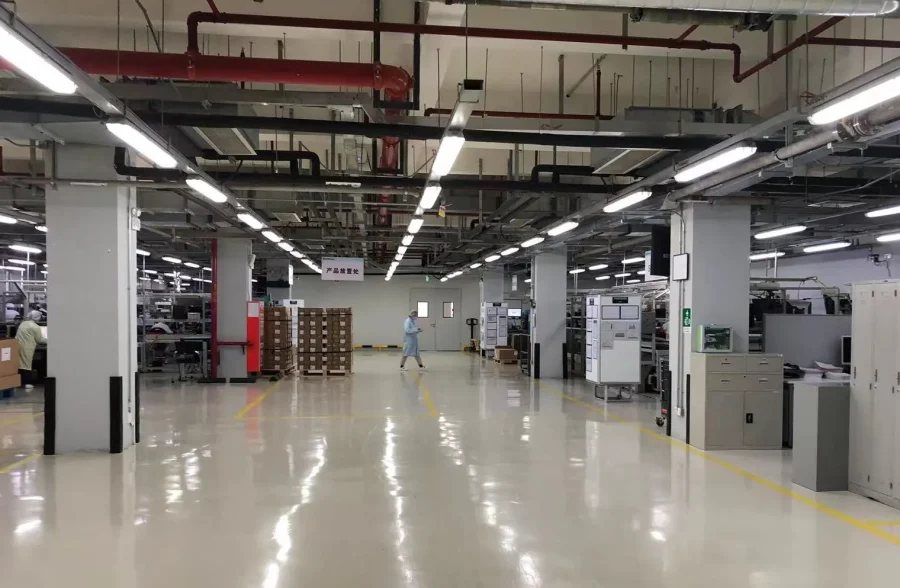People’s Daily Online recently made field visits to the facilities of several multinationals in east China’s Shanghai, uncovering the remarkable performance figures that reflect the strong attraction the Chinese economy holds for multinationals and their firm confidence in investing in the Chinese market.
Serving 150 million consumers
Global consumer goods giant Unilever has eight production bases, operates more than 40 famous brands, and provides cleaning and health related products and services for the families of 150 million consumers in China, according to Zeng Xiwen, vice president of Unilever North Asia.
Located in Caohejing Comprehensive Bonded Zone in Shanghai, the factory has 12 production lines for the production and processing of different types of products, including high-frequency medical equipment, surgical instruments, as well as diagnostic and treatment equipment and devices for operating rooms and emergency rooms.
The company established its first Chinese office in 1989, and officially started to build its factory in Shanghai in 1996. So far, it has established a global R&D center, production base, regional logistics center, and medical innovation center in Shanghai, set up an orthopedic instrument production base in Changzhou, east China’s Jiangsu Province, and operates two production bases and a medical innovation center in Chengdu, capital of Sichuan Province.
“In recent years, we have sped up the implementation of our localization strategy, and made active efforts to base the R&D and production of more advanced therapies and products in China, so as to meet the ever-growing medical demand in China,” Wang said.
More than 70 percent of staff work in China Austria Technologie & Systemtechnik AG (AT&S), a global manufacturer of high-end printed circuit boards and IC substrates, is the largest Austrian enterprise that has invested in China.
The enterprise has built its largest production bases in Shanghai and southwest China’s Chongqing Municipality. More than 70 percent of its staff work in its Chinese factories.
The Chinese market is the cornerstone of AT&S’ business growth, said Phua Chen-Jiang, chairman of the board of AT&S China, adding that the company will focus on introducing new capacity in its factory in Chongqing and advancing the technological upgrading of its factory in Shanghai. “In recent years, the integrated circuit and microelectronics industry has developed rapidly in China. We are very confident about our business prospects,” Phua said.
In 2023, Shanghai will strive to make its actual use of foreign capital reach about $24 billion, and add 60 new regional headquarters of multinationals and 25 R&D centers, according to Xue Feng, director of the Shanghai Foreign Investment Development Board.










